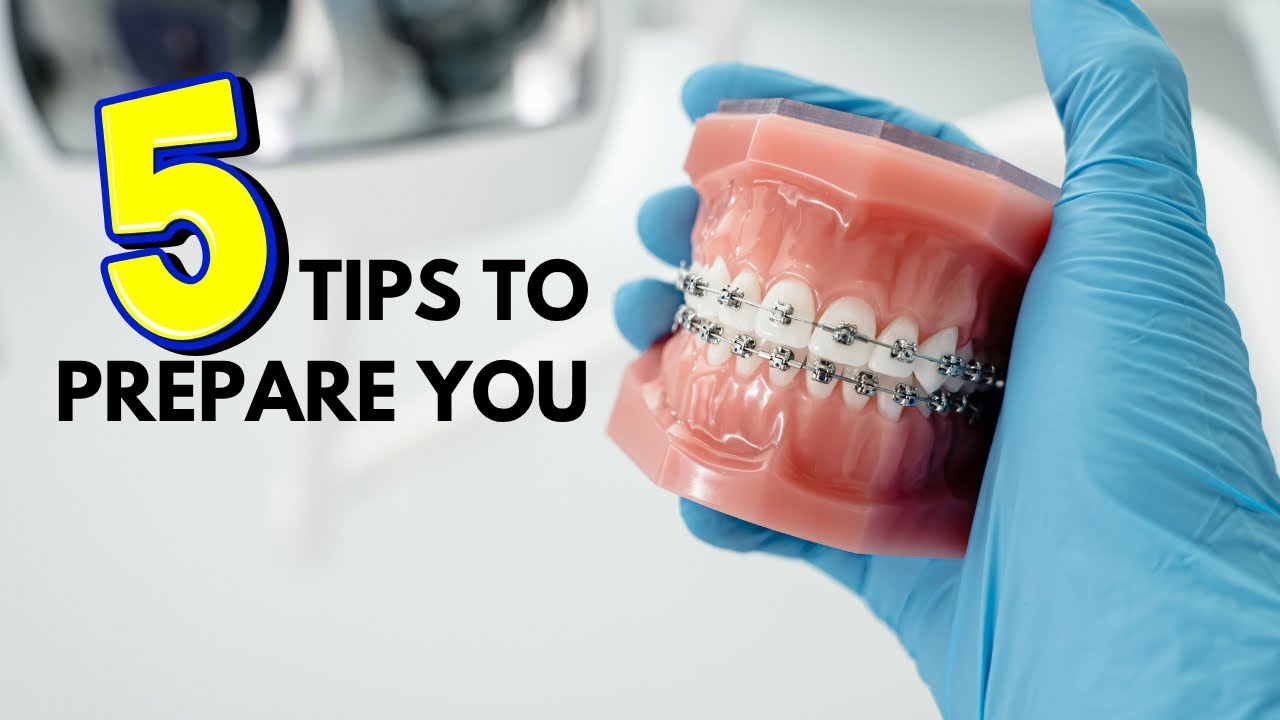
Braces for adults have become increasingly popular in recent years. Many adults who once missed the opportunity to straighten their teeth as children now choose to correct alignment issues later in life.
Historically, braces were often associated with teenagers, but adults are embracing this solution more than ever. Whether driven by aesthetics or long-term health concerns, seeking braces as an adult can help prevent further oral health issues. Addressing tooth alignment problems at any age is crucial for maintaining a beautiful smile and preventing serious dental complications in the future.
Why Adult Braces?
There are many reasons why adults seek braces. Crooked or misaligned teeth can cause self-esteem issues, but they also lead to dental problems like tooth decay, gum disease, and jaw pain. Poor alignment can interfere with proper chewing, leading to difficulty in digesting food. Bite issues, such as overbites or underbites, can also cause uneven wear on teeth, contributing to long-term tooth damage.
Some adults seek braces to address lingering issues from childhood, while others may have developed alignment problems due to factors like teeth grinding or injury. Braces for adults are a cosmetic solution and a preventative one. Neglecting these issues as a child can result in greater complications as you age.
For example, an untreated overbite could eventually cause tooth or jaw problems. The good news is that modern orthodontic treatments make it easier for adults to enjoy a healthy, aligned smile at any age.
Common Tooth Alignment Issues in Adults
Several common tooth alignment issues often lead adults to seek braces. Crowding occurs when teeth overlap or are too close together, making it difficult to clean teeth properly. This can lead to decay and gum disease.
Spacing issues happen when there are gaps between teeth. This misalignment can cause problems with chewing and speech. Overbite is when the upper teeth significantly overlap the lower teeth, often leading to tooth wear or jaw pain. On the opposite end, an underbite occurs when the lower teeth extend beyond the upper teeth, causing discomfort while chewing or speaking.
A crossbite is when the upper and lower teeth do not align correctly, which may cause tooth wear, gum disease, or bone loss. Lastly, an open bite happens when teeth don’t touch when the mouth is closed, affecting chewing and swallowing.
These issues are not just cosmetic; they can lead to significant dental problems over time. Fortunately, braces for adults are an effective way to address these misalignments and prevent future health complications.
Benefits of Braces for Adults
Braces for adults offer numerous benefits, starting with improved oral health. Straight teeth are easier to clean and maintain, reducing the risk of tooth decay and gum disease. Misaligned teeth can also lead to jaw problems, but braces can help improve jaw function, preventing discomfort or conditions like temporomandibular joint (TMJ) disorders.
Additionally, braces can enhance functionality, allowing better chewing and speaking abilities. Properly aligned teeth also lead to a more balanced bite, helping adults avoid pain and discomfort. Aesthetics is another significant benefit. A straight smile not only boosts confidence but also contributes to improved mental health.
In addition to these immediate benefits, braces for adults can have long-term health advantages. Proper tooth alignment prevents excessive tooth wear, which can result in damage over time.
When teeth are aligned correctly, chewing force is more evenly distributed, reducing wear and tear on individual teeth. Braces can even help prevent teeth from shifting as adults age, ensuring your smile stays healthy for years.
Different Types of Braces for Adults
Adults have several options when it comes to braces. Traditional metal braces are still the most common choice. They are effective, durable, and affordable, though they may be more noticeable than other options.
Clear aligners (like Invisalign) are a popular alternative for those seeking a discreet option. These custom-made, clear plastic trays gradually move the teeth into place without wires or brackets. Ceramic braces are another option that blends better with the natural color of teeth, making them less noticeable than metal braces, though they can be more fragile.
Finally, lingual braces are placed behind the teeth, making them completely hidden from view. While lingual braces are discreet, they can be more challenging to clean and maintain.
Each option has advantages and disadvantages, and the best choice will depend on individual needs, lifestyle, and budget. Your orthodontist can help you decide which option is right for you.
What to Expect During Treatment?
The first step when considering braces for adults is a consultation and evaluation. During this visit, the orthodontist will examine your teeth, take X-rays, and discuss the best course of treatment. Treatment duration for adults typically ranges from 18 months to three years, depending on the complexity of the alignment issues.
While braces are worn, you’ll likely experience some pain and discomfort, especially after adjustments. This is normal and usually subsides within a few days. Your orthodontist will recommend pain relief strategies, such as over-the-counter pain relievers or orthodontic wax.
Maintenance will be essential during your treatment. Regular check-ups and adjustments are necessary to ensure progress. You’ll need to wear rubber bands or change aligners (in the case of clear braces) throughout treatment.
Good oral hygiene is also crucial. Braces can trap food and plaque, so brushing and flossing properly is essential to avoid complications.
Overcoming the Challenges of Adult Braces
There are a few challenges to consider when choosing braces for adults. Aesthetic concerns are common, especially for professional adults. Many worry about how braces will impact their appearance at work or in social settings.
Fortunately, clear aligners and ceramic braces are discreet enough to minimize visibility. Lifestyle adjustments are also important. You’ll need to make dietary changes, such as avoiding sticky or hard foods that can damage braces. Maintaining proper oral hygiene will also require more effort. Braces can be harder to clean, and you may need to use special tools, like floss threaders, to reach areas that are harder to access.
Finally, cost and financing options are a consideration. Braces for adults can be expensive, but many orthodontic offices offer payment plans to make treatment more affordable. Some dental insurance plans also provide coverage for orthodontics, so be sure to inquire about your options.
Preventing Future Dental Problems with Early Intervention
Addressing alignment issues early can prevent more serious problems in the future. Over time, untreated misalignment can cause tooth wear, gum recession, and even bone loss. Teeth that are crooked or misaligned can also shift over time, worsening the problem.
By seeking treatment, adults can avoid more costly and extensive dental work later. Braces for adults can help prevent these issues and promote overall oral health. Maintaining good tooth alignment throughout life also reduces the likelihood of developing issues like TMJ disorders and chronic jaw pain.
Braces for adults offer a chance to improve both the appearance and health of your smile. Whether you’re seeking better alignment for aesthetic reasons or to address dental health concerns, braces can help you achieve a healthier, more confident smile.
It’s never too late to address tooth alignment issues. Consult with our orthodontists today to discuss your options and create a plan for achieving a straighter, healthier smile. Taking care of your teeth now will help you avoid more significant dental problems in the future.



